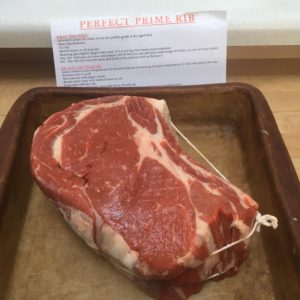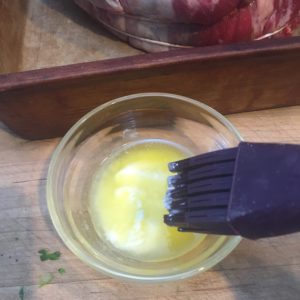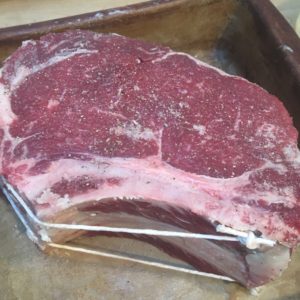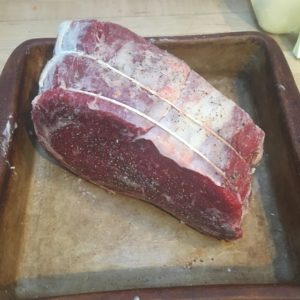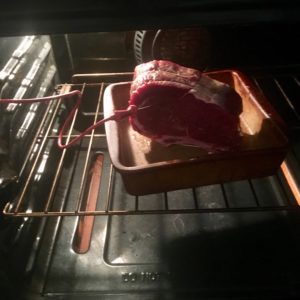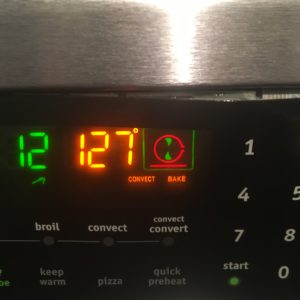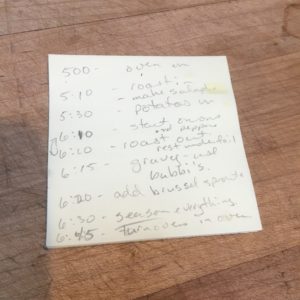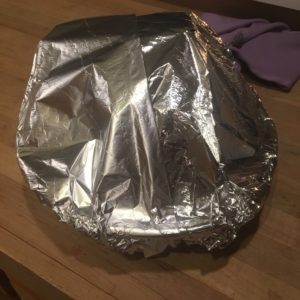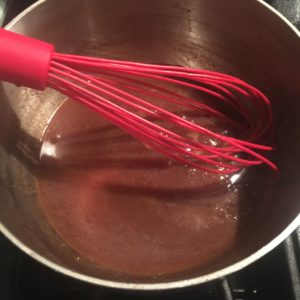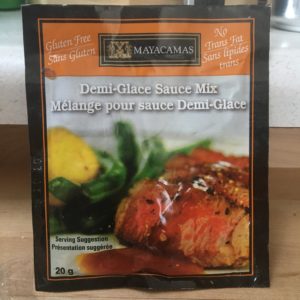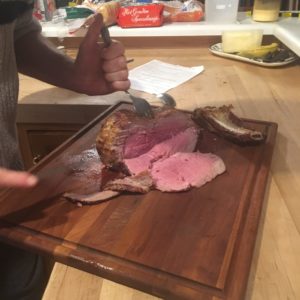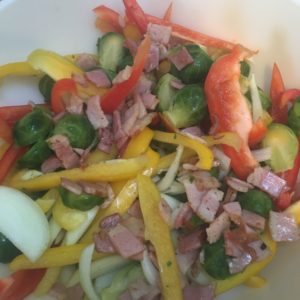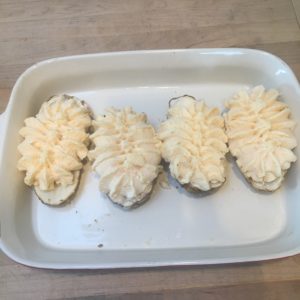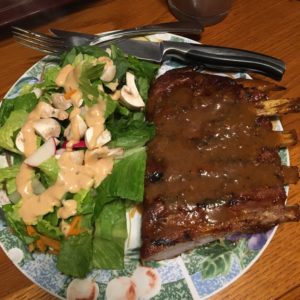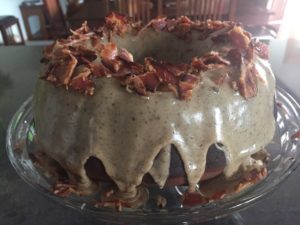My darling Greg has this wonderful habit of making bets with his sister Jacqueline.
It’s been going on for a while now,
and I think it is one of the many qualities that I love about him.
Yes, I’m sure you are all thinking I made a typo there.
But, let me explain, and you will agree with me that
I am definitely on the winning side, every time.
So, here’s the scenario this time:
Jacqueline and some of the other staff were talking about how difficult push-ups are.
Greg walks into the conversation and says,
“Oh, I could do 100, no problem”.
Jacqueline says, “Betcha you can’t”,
and Greg says “You wanna bet?”
Jacqueline says, “Yeah.”
Done Deal.
No matter what happens after this point,
Jacqueline’s husband Richard and I are looking at a fabulous dinner and
an evening with great company as the outcome.
Because that’s what they bet –
a homecooked dinner at the loser’s house.
I will point out, that Greg often looses.
To be honest, I haven’t eaten at Jacqueline’s yet.
Last time, it meant Greg cooked us Maple Glazed Planked Salmon,
and once before it was Duck à l’Orange.
Yes, I like it when he bets.
So, anyway, he lost. (not by much, but he lost).
This time, however, he was doing one of those crazy weeks of work and
I knew he wasn’t going to have the time, so I offered to help out with dinner.
We choose to see if the cooking instructions he had printed at the store for
Perfect Prime Rib were accurate and would,
in fact, produce a Perfect Prime Rib.
So I grabbed a copy and a lovely roast from Bob and
started cooking in my kitchen on a Saturday afternoon.
The instruction sheet was incredibly helpful,
as I have never cooked a prime rib roast before.
Butcher’s wife jokes aside,
we really do eat more ground beef and sausage than anything else.
I still have to budget for everything else in life, you know?
I’m going to pretty much paraphrase the sheet from this point forward, but with pictures.
What you need:
A Schinkels’ Prime Rib Roast
(we do happen to cut a really nice roast from dry-aged beef)
Meat Thermometer
Butter & brush
Roasting Pan
Dry Rub
Aluminum Foil
Ok, Let’s get Started.
Leave the roast out for several hours so it comes up to room temperature;
this will help it cook more evenly.
Preheat oven to 475°F
Pat roast dry with paper towels
Brush entire roast with melted butter
Coat roast with dry rub
Place roast in roasting pan, bone side down, fat side up.
Insert meat thermometer so the tip is in the centre of the roast and it is not touching bone.
Let’s get roasting:
Make sure oven is finished preheating to 475°F
Place uncovered roast in the middle of the oven so
the thermometer can be read from the oven window.
After 20 minutes, turn oven down to 325°F
When is it Ready?
Your meat thermometer will tell you when the roast is done.
Take your roast out of the oven when the thermometer reads:
120°F for rare
135°F for medium rare
150°F for medium
160°F for well done
Schinkels’ does not recommend cooking to “well done”
as much of the juices will be cooked out.
Remember the end slices will always be well done,
the middle will be done to the temperature the thermometer reads.
The biggest mistake in roasting prime rib is overcooking.
You invested in an expensive roast, please don’t overcook it.
Your guests will be disappointed, and so will you.
We cannot stress this enough.
Also on the sheet are approximate cooking times,
so you can at least plan on a dinner time,
but please use a thermometer to make the final call on taking it out of the oven.
Don’t open the oven to peak, you are letting all the heat out.
Rest the Roast
When the thermometer read the desired temperature,
remove from the roasting pan (save the juices for gravy)
and place on a warm plate or cutting block and cover with foil.
Do not use a fork, as piercing the roast will allow juices to escape.
Leave it for 10-20 minutes so juices reabsorb back into the meat.
The internal temp will actually rise 5-10°F during this time.
This resting is an important step that most people skip,
but it is very important.
You will have far fewer juices on the cutting block after carving because
those juices will be absorbed back into the roast.
This is also the time you can use to get many other things ready for your dinner,
like making gravy or a demi-glace from the juices still in the roasting pan.
Carving Tips
Remove the butcher strings.
Place roast bone side up and carve under all the bones to remove them.
Your blade should follow the curve of the bones.
Cut between each bone. Slice the roast across the grain.
Remember that the end slices are perfect for those who prefer well done.
End of Instructions
That’s it. Easy-peasy.
I ended up following those instructions,
added some twice-baked potatoes and fried up some
frozen Brussel sprouts and fajita mix with some bacon,
tossed a quick salad, and we had a fabulous feast, compliments of Schinkels’.
Yes, my darling Greg can most certainly continue to make bets with his sister.
(There is actually one currently in the works,
but we won’t know for a few weeks what the outcome will be.)
Either way, I end up winning.

